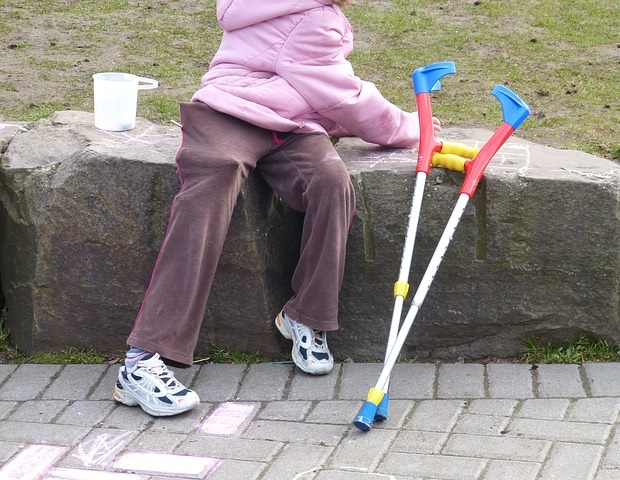Older women and women with disabilities face particular risk of abuse, yet their situation is largely hidden in most global and national violence-related data, according to two new publications released today by the World Health Organization (WHO). WHO calls for better country-based research to help ensure these women are taken into account and their specific needs are understood and addressed.
Where there is evidence of gender-based violence among these groups, the data shows its prevalence is higher: one systematic review found that women with disabilities are at higher risk of intimate partner violence compared to women without disabilities, and another found higher rates of sexual violence as well.
In many studies of violence against women, older women and women with disabilities are underrepresented, which undermines the ability of programs to meet their specific needs. Understanding how diverse women and girls are affected differently and whether and how they receive services is critical to eliminating all forms of violence.”
Dr Lynmarie Sardinha, Technical Officer for the WHO and UN Reproductive Violence Data and Measurement Programme (HRP) and author of the report
Intimate partner violence and sexual violence are the most common form of gender-based violence globally, affecting around one in three women. Older women and women with disabilities remain exposed to this type of violence, but also face particular risks and additional abuse from caregivers and health professionals. This can include coercive and controlling behaviour, such as withholding medicines, assistive devices and other care provisions, and financial abuse.
A survey conducted by WHO found that physical and/or sexual violence by an intimate partner remains the most frequently experienced form of abuse among women over the age of 60. However, as their partners age, some women report a shift from primarily physical and/or sexual violence to psychological violence, including threats of abandonment and other controlling behaviors.
Older women and women with disabilities can feel extremely isolated when violence occurs, making it more difficult for them to escape or report abuse. Stigma and discrimination can further limit their access to services and information, or cause their reports of violence to be ignored by responders.
“Gender-based violence is rooted in unequal power and control over women,” said Dr Avni Amin, head of the Rights and Equality across the Lifespan Unit at WHO and HRP. “For older women and women with disabilities, their dependency and isolation are further exploited by perpetrators, putting them at increased risk of abuse. To ensure that all women experiencing violence receive empathetic, victim-centred care, services need to respond to their needs and identify appropriate contacts through health and care systems.”
WHO recommends several measures to address the evidence gap, including extending the age limit for survey participation – given that older women currently account for only around 10% of data on violence against women – and suggests including questions on different types of violence to cover a wider range of disabilities.
Two briefs, “Measuring violence against older women” and “Measuring violence against women with disabilities”, emphasise that older women and women with disabilities, and their representative organisations, should be involved in all stages and aspects of survey design and implementation to ensure that surveys are relevant and user-friendly. Formats such as Braille and EasyRead can extend accessibility.
This brief is the first in a series on neglected forms of violence and has been produced as part of the UN Women and WHO joint programme on data on violence against women, through the HRP. The brief is intended for use by researchers, offices for national statistics, social services and other stakeholders involved in collecting data on violence against women. Funding is provided by the UK Government’s Foreign, Commonwealth and Development Office.
In parallel with the brief, WHO is developing a survey module to support data collection on violence against older women to be used alongside existing surveys. Resources to support the inclusion of disability measures in such surveys will be published later this year.
sauce:
who

